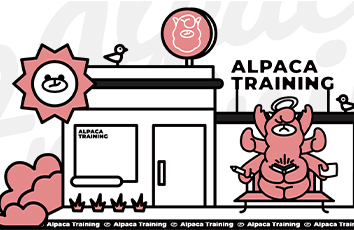在雅思写作考试中,考生需要按照要求撰写两篇作文,即小作文(Task 1)和大作文(Task 2)。这两部分的结构有所不同,但每一篇都强调逻辑清晰、论证有力以及语言表达的准确性。接下来,我们将详细探讨如何规划雅思作文中的各个段落内容。

写雅思作文时各段分别包含哪些内容
对于Task 1来说,通常是一份数据类图表或流程图等非文字材料,考生的任务是对其进行描述。文章可以分为三段:引言段、主体段和总结段。
引言段:这部分应该简要介绍图表类型及主要信息。例如,“The chart below shows the percentage of people who use different types of transportation in a city.” 这里不需要过多解释,只需点明主题即可。
主体段:根据题目提供的数据进行具体分析。可以从时间顺序、类别对比等多个角度出发,选择最具代表性的几个关键点展开论述。比如,在描述柱状图时,先总体概括趋势变化,再分别说明不同年份之间的差异;如果是饼图,则重点突出各组成部分所占比例关系。
总结段:对上述内容做一个简单的回顾,并给出一些个人见解或者预测未来发展趋势。如,“Overall, it can be seen that there has been an increase in the use of public transport over the years. This trend is expected to continue as more people become aware of environmental issues.”
而Task 2则更加注重观点表达和个人思考能力。一般建议采用四段式结构,包括引言段、两个论据支持段和结论段。
引言段:首先要明确陈述题目要求讨论的问题是什么,然后表明自己对此问题的态度或立场。“In today's society, many people believe that technology has greatly improved our lives. However, others argue that it also brings about various problems. Personally, I agree with the former view because...”
论据支持段1:深入阐述支持你观点的第一个理由。这里可以通过举例、引用权威资料等方式增强说服力。“For instance, smartphones have made communication much easier and faster than ever before. People can now stay connected with friends and family no matter where they are.”
论据支持段2:继续补充第二个理由,进一步巩固自己的论点。“Moreover, online learning platforms provide students with access to abundant educational resources, which helps them acquire knowledge more efficiently.”
结论段:最后再次重申你的核心观点,并呼吁读者采取行动或者对未来充满信心。“In conclusion, although technology may bring some challenges, its positive impact on human life cannot be ignored. We should embrace new technologies and make full use of them for better development.”
综上所述,无论是Task 1还是Task 2,在写作过程中都要注意段落之间的连贯性和完整性。同时也要确保每个段落都有明确的主题句,以此来引导整篇文章的发展方向。




